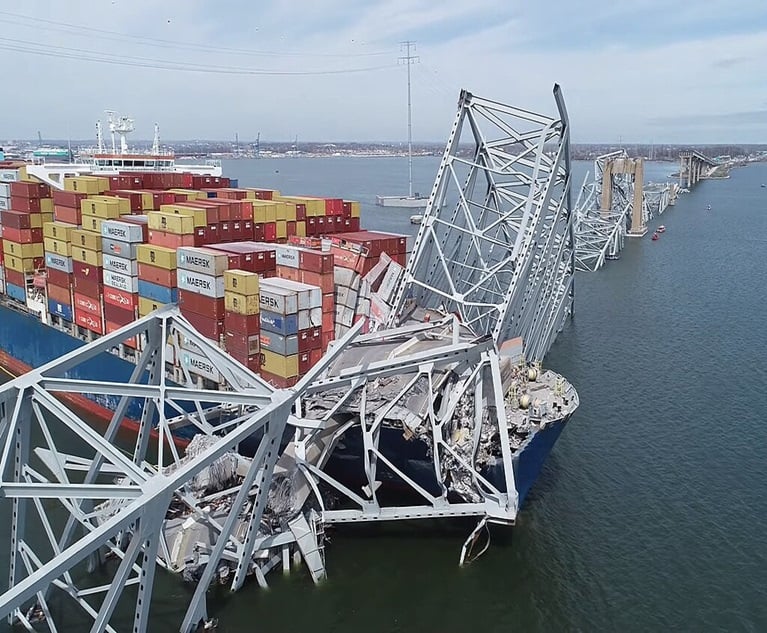Emotional. Tense. Depressed. Confused. These are but a fewadjectives that describe a catastrophe victim in the aftermath of adisaster. Adjusting a claim for an insured facing thesecircumstances requires attentiveness amidst irrational behavior andthe ability to understand every individual's needs and expectationsin order to achieve success.
|This is especially true when it comes to arranging temporaryhousing and additional living expenses (ALE). According to theFederal Emergency Management Agency (FEMA), more than 101,900people were being housed temporarily in 37,745 FEMA-provided traveltrailers and mobile homes as of July 7, 2006. Those are staggeringnumbers, especially considering that the figures take into accountHurricane Katrina victims only.
|A glance at this issue's directory reinforces the fact thatthere is no shortage of companies willing to take on the task ofproviding shelter for victims and put their heads back into beds.Where the claim adjuster fits in is the question at hand.
|Valuable Contributions
|More and more, the charge of finding temporary housing indisaster situations is a task not necessarily handled by fieldadjusters. If this is the case, basic laws of supply and demanddictate that in a situation where extreme destruction takes placewith greater frequency, more companies will be needed to findsuitable shelter for victims. Can third-party housing providershelp fill this expanding gap and provide an effective response,which in turn will help adjusters and insurance carriers keepclaimants satisfied?
||Maybe. In situations such as post-Katrina, most first-respondingadjusters are independents. Since many independents live in areasfar removed from the disaster areas where they are adjustingclaims, they often have little working knowledge of local temporaryhousing resources. Not to mention that after catastrophes such ashurricanes, very few housing options are available because of theextent of damage and destruction. Thus, it is not uncommon foradjusters to direct claimants to find a place on their own and theninform their insurance companies about it so ALE can be consideredand processed.
|Claim adjusters are responsible for tracking and reimbursing thecosts that go above and beyond an insured's typical livingexpenses, so it seems that they and their carriers would have avested interest in locating appropriate housing that matches apolicyholder's current standard of living while at the same timestaying within a reasonable budget. Why, then, is the task given tothe victims who no doubt are coming to terms with a life-changingexperience? According to one temporary-housing provider, it allboils down to economics.
|“Some of the biggest challenges have come from insurancecompanies focusing on cost-cutting,” said Jim Conway, president ofDisaster Services, a temporary-housing provider. “In doing that andfocusing on the bottom line, they may be bypassing normaltemporary-housing providers. They would either ask the policyholderto try to secure temporary housing on their own or try to findsomething in-house rather than going to a third-party vendor.”
|Devil in the Details?
|There are risks when interventionists outside an affected areaattempt to dictate temporary housing arrangements without localknowledge. The difficulty in providing it en masse following alarge-scale disaster is evident when analyzing the scrambling bythe government that took place following Katrina. A variety ofoptions were implemented shortly after the devastation becameapparent, including mobile homes, trailers, and perhaps mostmemorable (and controversial), cruise ships. The expression, “hastemakes waste” exemplified U.S. Senators Barack Obama and TomCoburn's reactions post-Katrina.
||“When the federal government would actually save millions ofdollars by forgoing the status quo and actually sending evacuees ona luxurious six-month cruise it is time to rethink how we areconducting oversight,” said Obama and Coburn, in a joint statement.“A short-term temporary solution has turned into a long-term,grossly overpriced sweetheart deal for a cruise line.”
|It was reported that most residents viewed the ships as deadends in terms of finding permanent housing and job opportunities.Thus, they rarely were even half full during the six-month stintthey were leased. Would the reported waste and fraud have beenmitigated if the government had worked with a housing provider morefamiliar with the area?
|Making Preparations
|Adjusters should be able to give claimants more support thansimply telling them to call FEMA for a trailer. First and foremost,recognize that you are dealing with people who may not be able tothink clearly or act decisively. Be able to answer questions overand over again and be prepared to explain why one temporary housingsolution could be better for one individual's circumstances overanother. Try to monitor claimants' situations once temporaryhousing is established to build relationships and let them knowthere is support.
|Most importantly, be prepared to explain policy and why ALE onlywill be given for expenses above and beyond normal living costs.“The ALE issue is one of the toughest to address in any claim andit is compounded immensely during [an event like] Katrina,” saidKevin Hromas, an independent adjuster who has handled manycatastrophe claims in the Gulf region last year. “The main thing isthat the policy coverage states that coverage is for[policyholders] to maintain a reasonable standard of living andthat the policy picks up the additional costs involved for you todo that. If I live in a five-bedroom mansion on the water inBiloxi, my standard of living is not a FEMA trailer parked in theyard. The policy won't cover that diminishment of your standard ofliving, just the actual costs involved.”
|With all the confusion and uncertainty facing claimants,adjusters who can help arrange temporary housing and answer as manyquestions as possible about the options available will get theirclaims started on the right foot.
Want to continue reading?
Become a Free PropertyCasualty360 Digital Reader
Your access to unlimited PropertyCasualty360 content isn’t changing.
Once you are an ALM digital member, you’ll receive:
- All PropertyCasualty360.com news coverage, best practices, and in-depth analysis.
- Educational webcasts, resources from industry leaders, and informative newsletters.
- Other award-winning websites including BenefitsPRO.com and ThinkAdvisor.com.
Already have an account? Sign In
© 2024 ALM Global, LLC, All Rights Reserved. Request academic re-use from www.copyright.com. All other uses, submit a request to [email protected]. For more information visit Asset & Logo Licensing.








